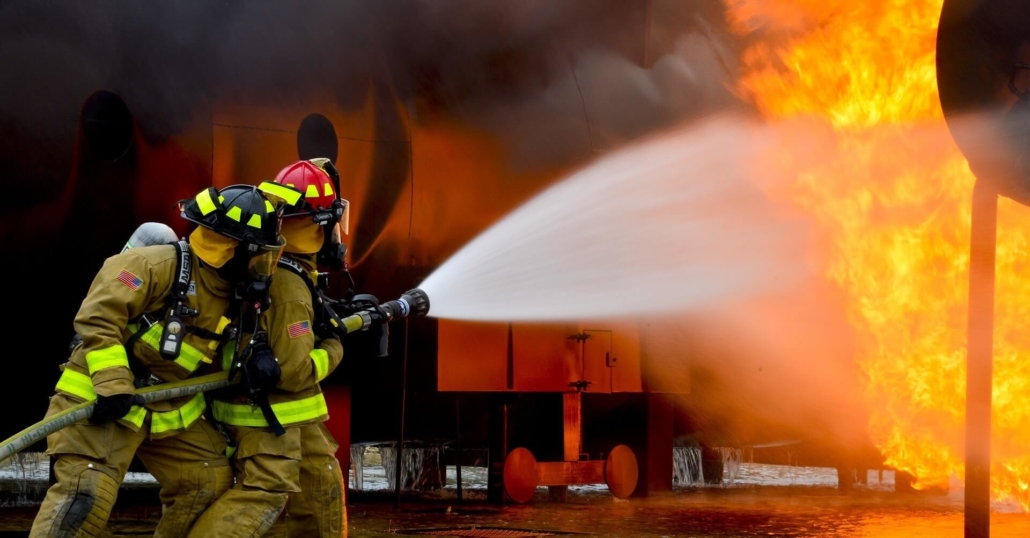The protection of fire is essential for any Sydney business. It’s not just an obligation under the law but also a way to keep your employees, customers and assets secure. A lot of the dangers that arise from an incident can be mitigated or minimized by taking the appropriate security measures. Fire inspections, regular testing and tagging of electrical systems, and the compliance with CFSP regulations all work to ensure a safe environment and ensure that businesses remain in compliance to local ordinances as well as Building Code of Australia (BCA) standards.
What is the reason for fire Inspections are the foundation of Safety
Inspections for fires are the initial protection against potential hazards. They verify that every part of a building’s protection system is working and current. Many businesses located in Sydney must conduct inspections 6 or 12 times annually, based on the kind of building they are operating as well as the rules of the council. Inspections typically cover everything including fire alarm panels and sprinkler systems, to smoke alarms, hydrants and extinguishers, and emergency lighting.

What makes inspections so vital is their capacity to uncover unnoticed issues before they become risky. A small fault on a fire hydrant, or an obstruction in a smoke detector might appear insignificant at first however, in the event of an emergency, these flaws can result in the loss of lives. Business owners who check regularly their fire hydrants are fulfilling the legal requirements, while safeguarding themselves from unforeseen disasters.
Electrical risks that are not obvious are addressed through testing and labeling
Electrical systems are one of the leading causes of workplace fires, which is why testing and tagging should always be part of a fire safety plan. This process involves checking electrical equipment to ensure it’s safe, functional and compliant. This is followed by attaching a visible tag that indicates the item is in good condition and has passed the test. This is not an obligation for all companies. It is an effective way of protecting against the hidden dangers.
If they are not checked regularly outdated wiring, faulty appliances, or deteriorated cables can become fire hazards. Businesses can reduce the risk of fires by testing regularly and tagging electrical equipment. It also reassures employees that their environment is safe, building trust and confidence within the workplace. Combined with fire inspections and testing, this extensive safety program reduces the risk from a variety of perspectives.
The role of CFSP in ensuring Compliance and Certification
In New South Wales, only the Competent Fire Safety Practitioner (CFSP) is able to sign and certify important documents regarding fire safety, such as Annual Fire Safety Statements. The introduction of CFSP accreditation has raised the standards of fire safety, ensuring that only certified professionals evaluate and confirm safety measures. For business owners working with the CFSP, inspections and reports will not be a simple document, but rather an authentic evaluation conducted by professionals.
The CFSP’s role goes beyond simply checking boxes. These practitioners assess the condition and performance of the fire protection system, provide complete reports and prove compliance with regulations. Businesses without CFSP certification could be at risk of hefty fines, legal problems and even closure if their fire safety measures are deemed inadequate. By partnering with accredited professionals, you can ensure that fire safety systems are maintained correctly and that compliance obligations are met without unnecessary stress.
Fire Safety is a Continuous Commitment
The issue of fire safety is not just a one-time responsibility, but it is a continuous responsibility for each business owner. The cycle of safety is never-ending with regular inspections, testing electrical systems regularly, and then certifying under CFSP supervision. This is not just legal, but it also fosters a safety culture within the workplace. Employees can be confident that evacuation plans have been established Smoke detectors are operational as well as emergency lighting has been verified, and the fire suppression system is ready to be used.
Treating fire safety as an ongoing process, rather than the annual checkbox reduces risks but also strengthens the image of a company. When safety is the top priority customers and clients feel more secure. In the long term, investing in proactive fire prevention saves money because it prevents costly damages, fines, and legal fights.
Conclusion
Sydney’s fire safety is an elaborate process that involves inspections tests, tagging, and testing as well as the professional certification of a CFSP. Each part is crucial in ensuring businesses are compliant with the regulations and, more important, that people and properties are protected. When safety becomes a consistent aspect of the business rather than an afterthought, businesses are not only able to meet their legal obligations but also provide a safer and resilient environment for the future.
